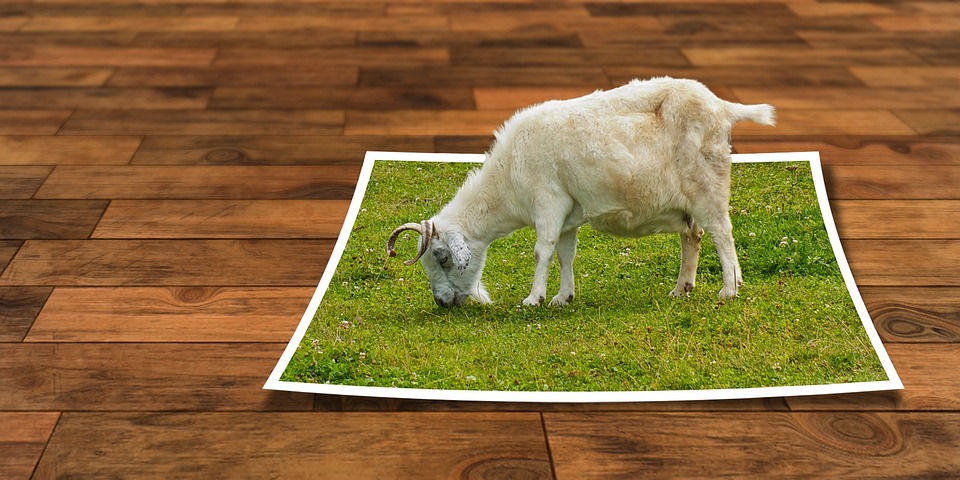If you happen to own a manufacturing enterprise, 3D printing can help you reach your production goals. But success is hard to come by if you lack any of its required materials. They are diverse as the objects that you can produce out of this additive manufacturing technique.
Expert minds in the industry see it as a method of choice, primarily because it allows manufacturers to enjoy its high level of flexibility. This is manifested by the fact that they can determine the texture, shape, and strength of the item they want to produce.
With fewer steps, those parameters are reachable. We scarcely see that in the traditional manufacturing setup. In addition, we also have an array of materials for 3-dimensional printing.
 CARBON FIBER
CARBON FIBER
Carbon fibers are composites and we use them as a top-coating over plastic materials. The purpose of which is to assist in strengthening up the plastic.
In the additive manufacturing industry, we combine the use of carbon fiber over plastic, which is a practical and convenient alternative to metal. Many people in the industry say that 3D carbon fiber printing will soon take the place of carbon-fiber layup, which is seen as a slower process.
By having conductive carbomorph in place, manufacturing bodies are empowered. This happens by giving them a way to reduce the number of steps needed in the assembly of product offerings such as electromechanical devices.
Resins
Resins are another type of material for 3-dimensional printing. Unlike others, they are not sought after and are less preferred in the manufacturing space. It is because they have limiting attributes that work to the disadvantage of the additive manufacturing process.
Unlike other 3D-applicable materials, the strength and flexibility of resin use are limited. Since resins are polymers in liquid form, exposing them to UV light renders them to reach their end state.
There are several variants of resin, namely black, white, and transparent. But not long ago, 3D-printed items in red, orange, green, and blue started to become a norm.
 3D applicable resins come in the following categories:
3D applicable resins come in the following categories:
High-Detail Resin
If you have a project, say, the production of a small-scale model of an object and you need them to have intricate detailing, high detail resin is recommended. Say, for instance, a 4-inch figurine. If you want them complete with facial details and a complex wardrobe, use this resin for that.
Paintable Resin
A paintable resin is used in 3D printing projects that require a smooth surface finish. Resins of this type are noted for their high aesthetic appeal. Thus, they are ideal for use in making objects that call for high detailing features. This includes the production of figurines of fairies and humans. This resin is preferred for use on such projects because it allows you to render your figurines with the necessary facial details.
Transparent Resin
Among the other two classes of resins, the transparent type is, by far, the strongest variety. This explains the reason why it is the material of choice for a wide array of 3D-printed items/products. This resin is suitable for use in printing objects in 3D that needs to be smooth to the touch but maintains a translucent appearance.
METAL
Metal is considered the second-most-well-known material in the additive manufacturing space. We use them in 3-dimensional printing by virtue of a process known as DMLS, short for direct metal laser sintering.
Manufacturing firms in the air-travel equipment industry that’s taken on the additive manufacturing technology embraced the DMLS technique. Doing so helps a lot in expediting and simplifying their requirements for parts production.
Metal can be utilized in the 3-dimensional printing process but you utilize them in dust form. It is then fired first to obtain its desirable hardness.
After which, the 3D printer can bypass casting and thus directly utilize metal dust to form the metal parts. After completing the printing part, the parts will undergo electro-polishing. Eventually, they’re ready for release to the market.

 CARBON FIBER
CARBON FIBER 3D applicable resins come in the following categories:
3D applicable resins come in the following categories: